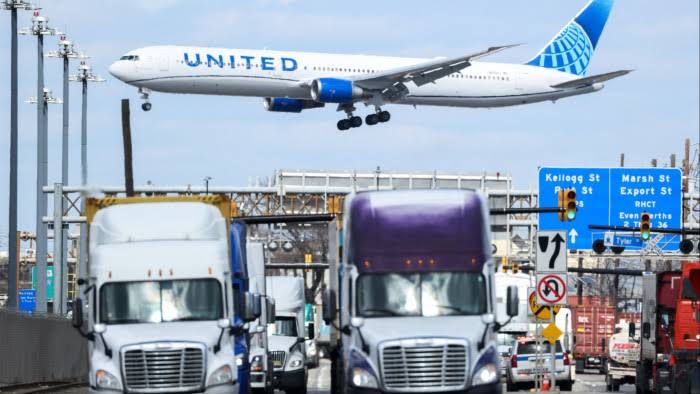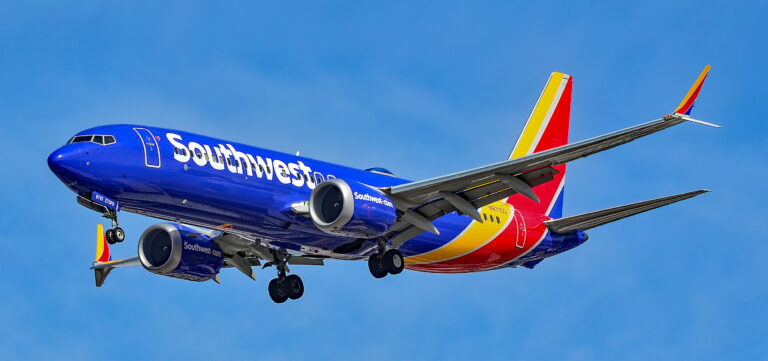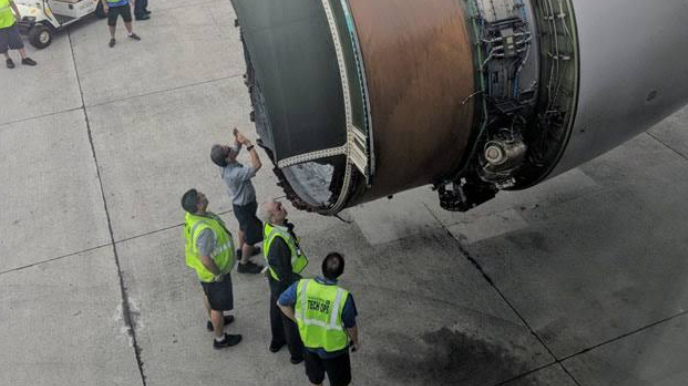Where Will United Cut Capacity?
In a significant strategic shift, United Airlines is set to reduce its flight capacity across various domestic routes in 2025. This move comes in response to economic uncertainties, evolving travel demands, and operational challenges. The airline’s decision reflects a broader trend in the aviation industry, where carriers are reassessing their networks to maintain profitability and efficiency.
Economic Headwinds Prompt Strategic Adjustments
United Airlines’ capacity reduction is primarily driven by concerns over a potential economic recession. The airline anticipates a 4% reduction in domestic flight capacity starting in July 2025, citing uncertainty linked to ongoing trade tensions and their impact on markets. This cautious approach aims to align the airline’s operations with anticipated demand fluctuations .
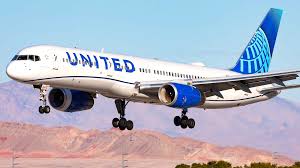
Despite reporting a better-than-expected profit of $0.91 per share for the first quarter of 2025, United is preparing for various economic scenarios. The airline has outlined two financial outlooks for the year, projecting earnings of up to $13.50 per share in a strong economy or just over half that in a downturn .
Targeted Route Reductions
United’s capacity cuts are not uniform across its network but are strategically targeted. The airline is focusing on reducing flights in markets where it faces stiff competition or where profitability is lower. Notably, United plans to retire 21 aircraft earlier than scheduled to save $100 million in engine maintenance costs .
Specific route reductions include:
California Hubs: United is suspending flights to 66 destinations from its summer 2025 schedule, with significant reductions at major hubs in California. Los Angeles International Airport (LAX) will see a 15% reduction in domestic flights, while San Francisco International Airport (SFO) will experience a 12% decline in United’s route network .
Smaller Markets: The airline is cutting several routes from its schedule, including flights from Chicago O’Hare to Columbia, Missouri; Evansville, Indiana; and Kalamazoo, Michigan. These reductions primarily affect smaller markets and are part of United’s strategy to optimize its route network .
Fleet and Operational Changes
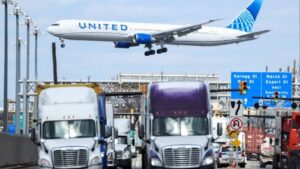
In addition to route reductions, United is adjusting its fleet plans. The airline now expects to take delivery of only 71 narrowbody aircraft in 2025, scaling back from previous estimates. This decision is part of a move to reduce capital expenditure to around $7 billion, reflecting the current realities of running an airline amid operational pressures and shifts in the travel market .
United’s fleet adjustments also include a focus on retiring older, less fuel-efficient aircraft. The airline’s current fleet plan involves increasing the total mainline fleet to 996 aircraft by adding Boeing 787s, MAX, and Airbus A321neo jets. However, the fleet of A319-100s and A320-200s will be reduced, and the regional fleet is expected to decrease from 413 to 393 aircraft .
Impact on Passengers and the Industry
For passengers, these capacity cuts may result in fewer flight options, especially in smaller markets. Travelers from affected regions may need to adjust their travel plans, potentially facing longer travel times or the need to connect through larger hubs.
From an industry perspective, United’s strategic adjustments reflect a broader trend among airlines to adapt to changing economic conditions and travel patterns. By focusing on more profitable routes and optimizing fleet utilization, airlines aim to maintain financial stability in an uncertain environment.
Looking Ahead
United Airlines’ capacity reductions are a proactive measure to navigate anticipated economic challenges and align operations with evolving demand. As the airline industry continues to recover and adapt post-pandemic, such strategic decisions are crucial for long-term sustainability and competitiveness.
Passengers and industry stakeholders will be closely monitoring how these changes unfold and impact travel experiences and market dynamics in the coming months.
